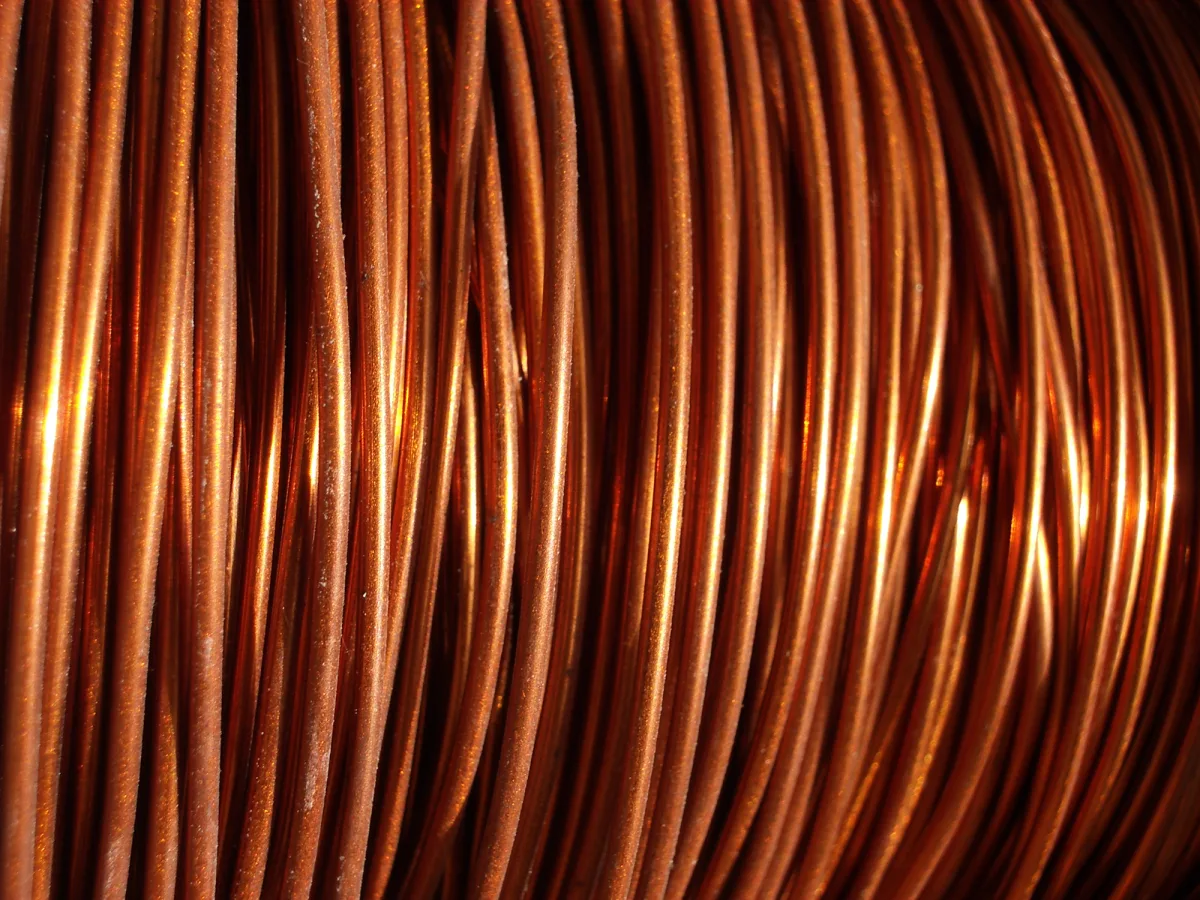Deep beneath the windswept Gobi Desert, where Genghis Khan’s horsemen once smelted surface copper, a 21st-century behemoth is reshaping Mongolia’s economy.
The Oyu Tolgoi mine, a labyrinth of technology with conveyor belts stretching 13 kilometres and wireless networks connecting workers 1,300 metres underground, represents more than an engineering marvel. It is the linchpin of Mongolia’s audacious gamble to reinvent itself from a nation of nomadic pastoralists into a mineral superpower.
The dividends are already apparent. Mongolia’s economy, after a respectable five per cent expansion in 2024, is projected to surge by 6.3 per cent in 2025, according to the World Bank.
This acceleration is largely fuelled by Oyu Tolgoi’s vast underground expansion, which commenced production in March 2023 and is anticipated to boost copper output by a staggering 70 per cent this year. For a landlocked country long buffeted by economic volatility since shedding Soviet-era central planning, this is a remarkable turnaround.
The path has not been without its pitfalls. Growth in 2024 undershot the previous year’s blistering 7.4 per cent, primarily due to a devastating dzud—a peculiarly Mongolian phenomenon of harsh winter conditions—that decimated agriculture. The sector contracted by a quarter in the first three quarters of 2023, with livestock losses reaching a grim 8.1 million head, nearly double the prior year.
However, what the climate took, the ground gave. Mining has more than compensated. Copper exports hit a record 1.7 million tonnes, up 11.1 per cent, while coal shipments also reached historic highs. This momentum reflects not merely buoyant commodity prices but also structural improvements within Mongolia’s extractive industries.
A critical supplier for the global energy transition
Oyu Tolgoi, a joint venture between Rio Tinto (which holds a 66 per cent stake) and the Mongolian government (34 per cent), is the poster boy of this change. Employing 20,000 people and having already contributed four billion US dollars in taxes and fees, the mine is a significant economic engine.
When fully operational, it aims to produce 500,000 tonnes of copper annually—enough, notionally, to wire six million electric vehicles, positioning Mongolia as a critical supplier for the global energy transition. The underground operation itself is a technological showpiece, replete with personal location trackers and sensors monitoring everything from equipment to air quality, all optimised remotely from Rio Tinto’s centre in Brisbane.
This mining bonanza has fortified public finances. State budget revenue soared by 28.7 per cent from 2023 to a record 31.4 trillion togrog (9.1 billion US dollars). Foreign exchange reserves climbed to an unprecedented 5.5 billion US dollars, even after servicing 1.1 billion US dollars in debt.
Credit rating agencies have taken note: S&P Global and Fitch Ratings have both upgraded Mongolia, to B+ and B respectively, its best standing in a decade.
Seizing the opportunity
But such rapid growth brings familiar headaches. Inflation had nudged up to 9.1 per cent by March 2025, stoked by robust domestic demand and supply-side constraints. The current account, meanwhile, has tipped into deficit as imports of capital goods and consumer products surge.
More profoundly, structural vulnerabilities persist. Mongolia’s newfound prosperity hangs precariously on global commodity demand, particularly from its giant southern neighbour, China.
The export basket remains perilously narrow. “Amid the ongoing mining boom, Mongolia’s macroeconomic outcomes have improved,” notes Taehyun Lee, the World Bank’s country manager. “However, heightened global uncertainty underscores the importance of seizing this opportunity to accelerate fiscal and structural reforms.” He also stresses the need for better disaster risk management, especially against weather-related shocks.
The medium-term outlook appears auspicious, with growth forecast to average 5.2 per cent over 2026-27. This, however, presumes sustained global appetite for copper, continued investment, and genuine progress on economic diversification. Investor confidence seems robust for now, with Mongolia’s sovereign bond spread touching a historic low of 2.3 per cent in 2024.
The crucial question is whether Mongolia can convert this mineral windfall into lasting, diversified prosperity, thereby avoiding the dreaded ‘resource curse’ that has afflicted so many commodity-rich nations.
For now, the answer lies buried within Oyu Tolgoi’s tunnels, where a block-caving method will extract ore for an anticipated half-century. As the copper flows, so too does the hope that this underground revolution can elevate an entire economy. Whether it succeeds will define Mongolia’s modern era. For now, at least, the copper is flowing—and with it, the promise of prosperity.
Photo: Dreamstime.







